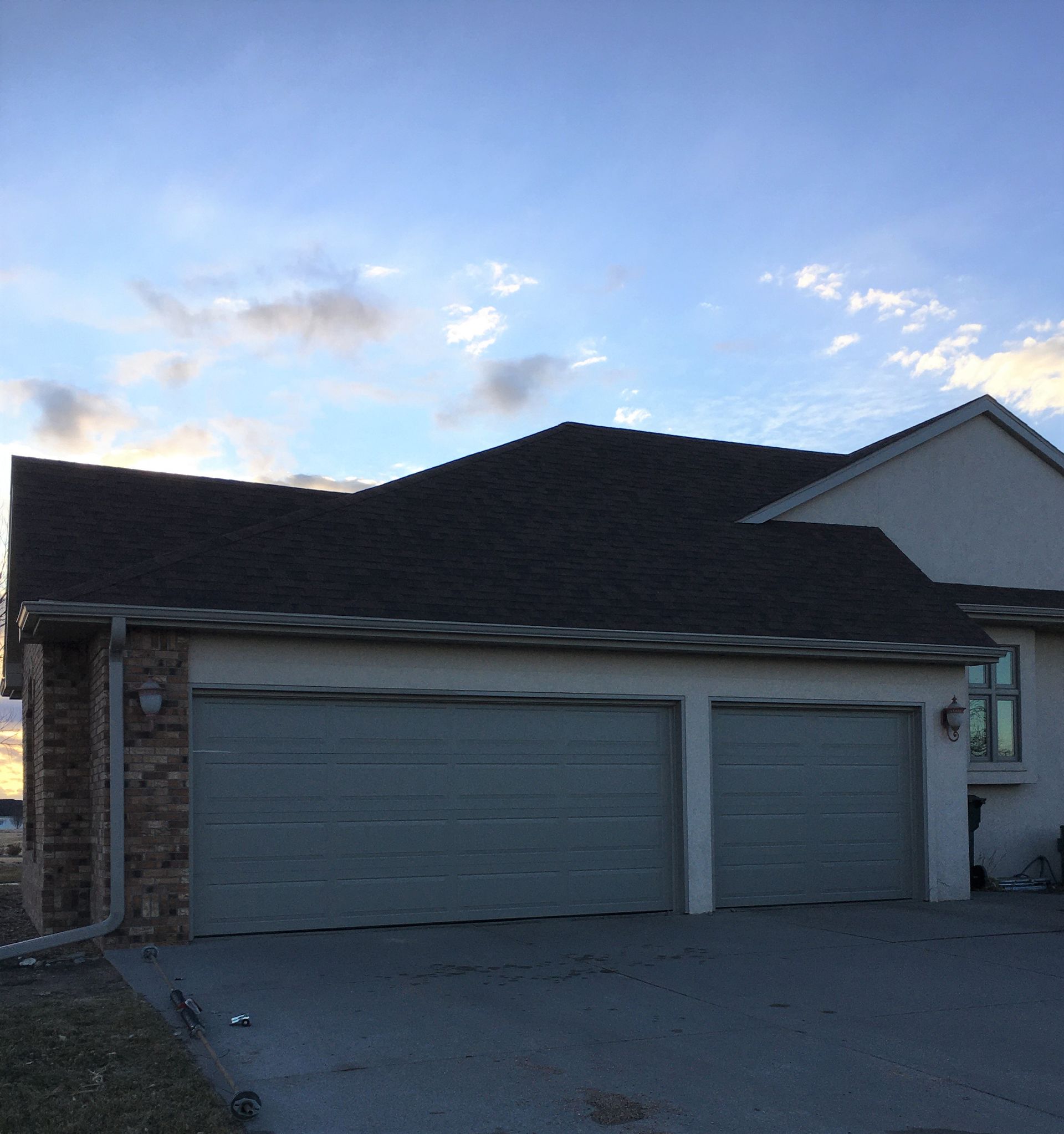Each season presents unique challenges for your roof. Whether it's the heat of summer or the chill of winter, knowing how weather affects your roof can help you protect it throughout the year. Here are some essential roofing tips.

How Rain, Snow, and Heat Impact Your Roof
Persistent Rain: Excessive rainfall can lead to leaks, mold growth, and erosion. If your roof isn't properly sealed, water can get in and cause damage.
Snow and Freezing Weather: Snow buildup can cause your roof to sag or even collapse if left unchecked. Ice dams form when melting snow refreezes at the roof’s edge, blocking drainage and causing leaks.
Summer Heat: Excessive heat can cause shingles to warp, crack, or even buckle. The expansion and contraction of roofing materials in hot weather can weaken their structure over time.
How to Prepare Your Roof for Harsh Weather
To protect your roof from extreme weather conditions, it’s important to:
- Inspect and clean gutters: Make sure your gutters are free from debris to avoid water backup during heavy rains or melting snow.
- Inspect shingles: Inspect your shingles and replace any that are damaged or missing before extreme weather hits.
- Seal cracks: Seal any cracks or gaps you find to stop water from entering your roof during rainy or snowy weather.
- Ensure proper insulation: Good insulation not only boosts energy efficiency but also prevents ice dams from forming during the winter months.
Weathercraft’s Recommended Roof Inspections and Maintenance
We recommend getting a professional roof inspection at least twice annually—once in spring and once in fall. Our experts will assess any weather-related damage and provide recommendations for repairs to help your roof withstand extreme weather.